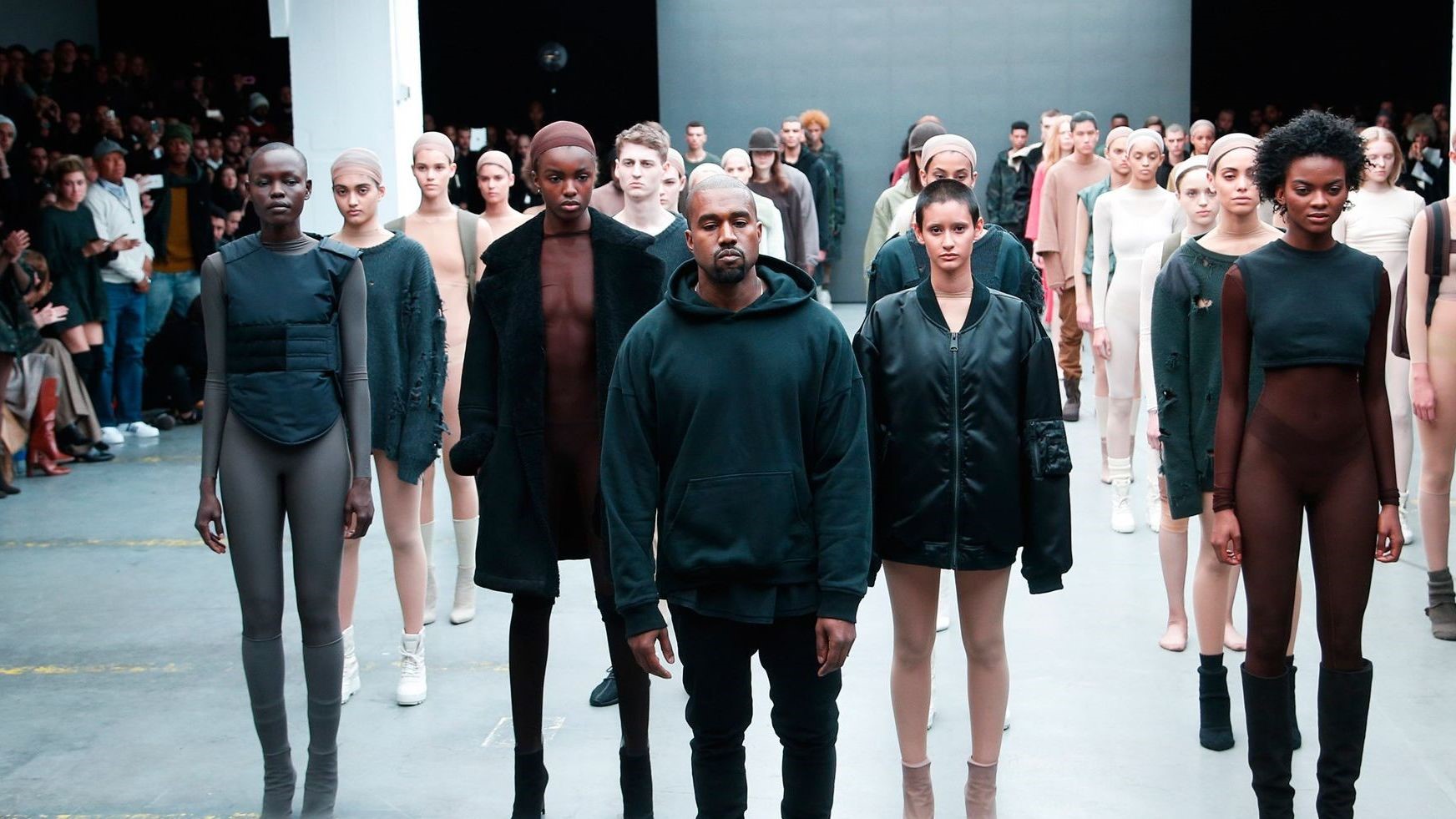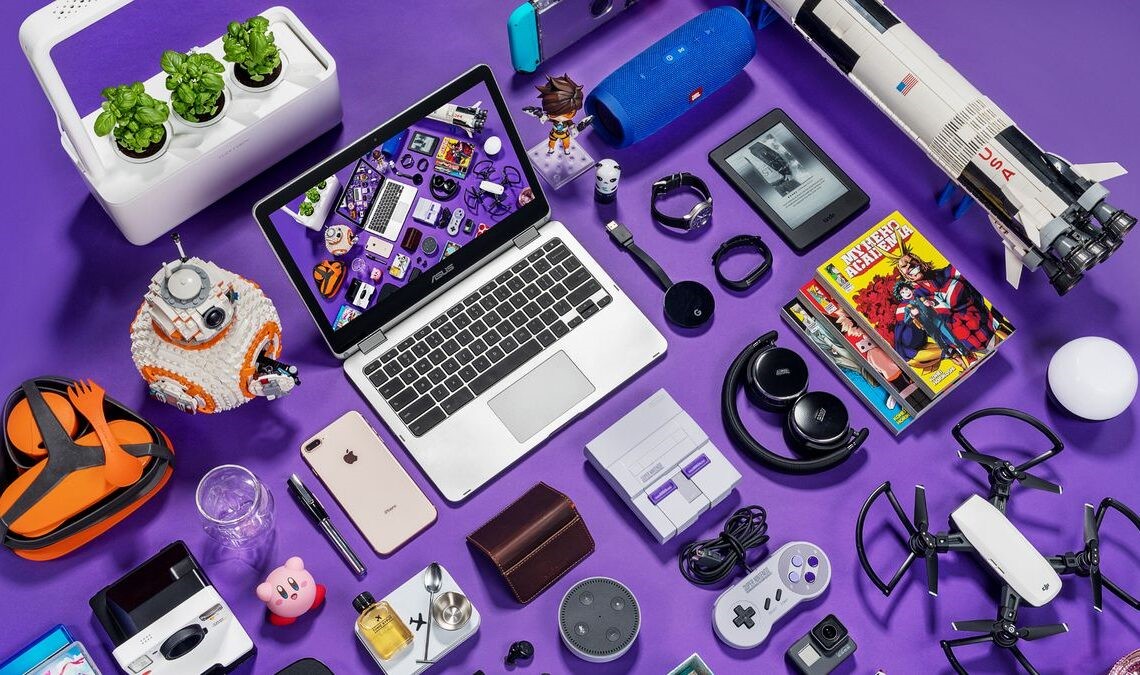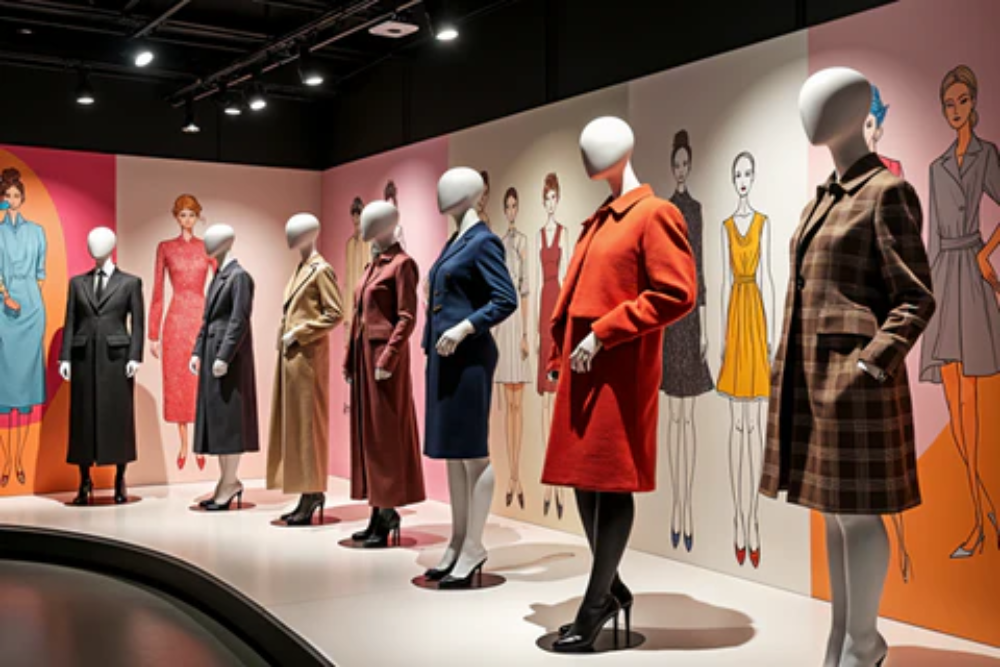Introduction
Kanye West is one of the most polarizing and influential figures in contemporary culture. Known for pushing boundaries in music, art, and fashion, West has never been one to follow trends—he creates them. Perhaps nowhere is this more evident than in his work with Yeezy, the fashion and sneaker brand that has redefined streetwear, disrupted luxury, and cemented Kanye’s place in fashion history.
This article explores the rise of Yeezy, Kanye’s disruptive influence on the fashion industry, how his aesthetic shaped a generation, and the lasting legacy of the Yeezy brand—even amid controversies.
From Rapper to Fashion Mogul
Before Yeezy became a globally recognized fashion label, Kanye West had long expressed a deep passion for design. From referencing Raf Simons and Margiela in his lyrics to attending Paris Fashion Week religiously, Kanye’s interest in fashion was far from superficial.
Early Attempts and Rejection
Kanye’s initial forays into the fashion world weren’t welcomed with open arms. His Pastelle line in the mid-2000s never saw a full launch, and his high-end womenswear collections in 2011 and 2012 were met with lukewarm reactions.
However, these failures didn’t deter him. Instead, they lit a fire. He would eventually partner with Adidas in 2015 to launch Yeezy Season 1, marking the start of one of the most successful musician-led fashion empires ever.
The Yeezy Aesthetic: Normcore Meets Apocalypse
Kanye’s Yeezy line introduced a stark and striking visual language to fashion. It stood in sharp contrast to the flashy, logo-heavy world of streetwear and the polished lines of high fashion.
Key Elements of the Yeezy Look:
- Muted, earthy color palettes: Shades of taupe, sand, clay, olive, and grey dominated.
- Oversized silhouettes: Hoodies, crewnecks, and parkas that looked deconstructed and draped.
- Military and dystopian influences: Tactical vests, distressed fabrics, and utilitarian design features.
- Gender-fluid designs: Pieces that transcended traditional men’s and women’s categories.
- Athleisure fusion: Combining comfort, sportswear, and high fashion.
This stripped-down, raw aesthetic helped usher in the age of “normcore” and made minimalism cool again in streetwear. Kanye took what was once considered basic—sweats, tees, and neutral tones—and elevated them into aspirational fashion.
Yeezy Footwear: The Sneaker That Changed Everything
The real breakthrough came with the Yeezy Boost sneaker line, developed with Adidas. The first model, the Yeezy Boost 750, dropped in February 2015 and sold out in minutes.
Key Models and Their Impact:
- Yeezy Boost 350/350 V2: Possibly the most iconic silhouette, known for its sock-like fit and futuristic design. The 350 made Yeezys mainstream.
- Yeezy 700 Wave Runner: A bulky, retro runner that helped kick off the “dad shoe” trend.
- Yeezy Slides & Foam Runners: Even Kanye’s more experimental designs became cultural phenomena, often going viral for their unique shapes.
The scarcity model—limited releases, “drop” culture, and resell markets—turned Yeezys into status symbols. They weren’t just sneakers; they were artifacts of hype culture.
Influencing Fashion Trends at Large
Kanye didn’t just make a mark within his brand—his influence bled into wider fashion trends across the industry.
Key Trends Kanye Popularized:
- Athleisure as luxury: Long before it was a global trend, Yeezy made sweatpants runway-worthy.
- High-fashion streetwear: Blurring the lines between streetwear and high fashion with his minimal designs.
- Earth tones and neutrals: Brands from H&M to Balenciaga began embracing his muted color schemes.
- Chunky sneakers: The rise of “ugly” or “dad” shoes can be traced directly back to Yeezy 700s.
- Oversized silhouettes: This anti-tailoring aesthetic has since dominated brands like Vetements and Fear of God.
Cultural Cool: The Yeezy Lifestyle
More than just a fashion label, Yeezy became a lifestyle—one that mirrored Kanye’s persona: bold, experimental, and sometimes contradictory.
Key Cultural Moments:
- Yeezy Season presentations: From Madison Square Garden to empty stadiums in Wyoming, Kanye turned fashion shows into immersive, almost spiritual experiences.
- Sunday Service merch: Even spiritual gatherings became fashion events, with gospel choirs in matching Yeezy garb.
- Celebrity wearers: Kim Kardashian (and the entire Kardashian-Jenner circle), Justin Bieber, Travis Scott, and more championed the brand, further boosting its street cred.
- Music and fashion fusion: Kanye used album rollouts (The Life of Pablo, Donda) to showcase new Yeezy items, blurring the line between sound and style.
Kanye effectively turned himself into a brand—a walking billboard for Yeezy. His influence extended from social media to sneaker culture to architectural design.
Collaboration and Innovation
While Kanye’s Adidas collaboration is most recognized, his earlier work with Nike set the foundation for his sneaker dominance.
Nike Yeezy Era (2009–2013):
- Released the Air Yeezy 1 and 2, both of which are now rare collector’s items.
- Frustrated by Nike’s lack of creative control and royalties, Kanye left in 2013.
- His departure made headlines and marked a major shift in celebrity-designer dynamics.
With Adidas, Kanye gained near-complete creative control. He pushed boundaries, experimenting with 3D-printed soles, eco-friendly foam, and futuristic materials.
The Business of Yeezy: Billion-Dollar Success
By 2020, Yeezy was reportedly worth over $1.3 billion, with Kanye owning 100% of the brand (licensing the sneaker line through Adidas).
Business Innovations:
- Direct-to-consumer strategies: Emphasis on Yeezy Supply and limited drops.
- Controlled scarcity: Hype through exclusivity.
- Global distribution: Making Yeezys both luxury and accessible (to some).
- Brand expansion: Moves into kidswear, accessories, and experimental projects like Yeezy Home.
The financial success of Yeezy solidified Kanye as more than just a celebrity collaborator. He became a true fashion entrepreneur.
Controversy, Collapse, and the Post-Adidas Era
Despite Yeezy’s influence and success, Kanye West’s public controversies eventually caught up to him.
2022 Fallout:
- Controversial statements and social media behavior led to major backlash.
- Adidas, GAP, and Balenciaga all cut ties with West, effectively halting production and distribution of Yeezy products.
- Adidas retained rights to Yeezy silhouettes (minus the name) and began selling leftover stock, leading to legal disputes and ethical debates.
Though the brand faced commercial collapse, Kanye’s fashion influence endured. Fans still trade Yeezys, and the aesthetic he pioneered continues to shape new collections.
Yeezy’s Legacy in Fashion
Even if Yeezy as a brand never returns to its former glory, its cultural footprint is permanent.
Lasting Contributions:
- Revolutionized sneaker culture: Made it cool to wear earth-toned, performance-driven sneakers with luxury clothes.
- Changed how celebrities engage with fashion: Paved the way for artist-led labels like Fenty (Rihanna), Ivy Park (Beyoncé), and Aimé Leon Dore’s collabs.
- Elevated streetwear: Helped push brands like Fear of God, Off-White, and A-COLD-WALL* into the fashion spotlight.
- Inspired a design movement: From oversized streetwear to neutral-toned palettes, the Yeezy vibe lives on.
Yeezy and the Future of Fashion
Post-Adidas, Kanye has hinted at returning to independent production—perhaps via Donda Industrial Design or other self-funded ventures. Whatever form it takes, his ability to redefine cool means he likely won’t stay out of the fashion conversation for long.
Meanwhile, Yeezy’s influence persists in:
- Runway styling choices
- Sneaker silhouettes from other brands
- Instagram mood boards
- TikTok aesthetics (e.g., #Blokecore, #Techwear, #Earthcore)
Yeezy wasn’t just a brand—it was a movement.












